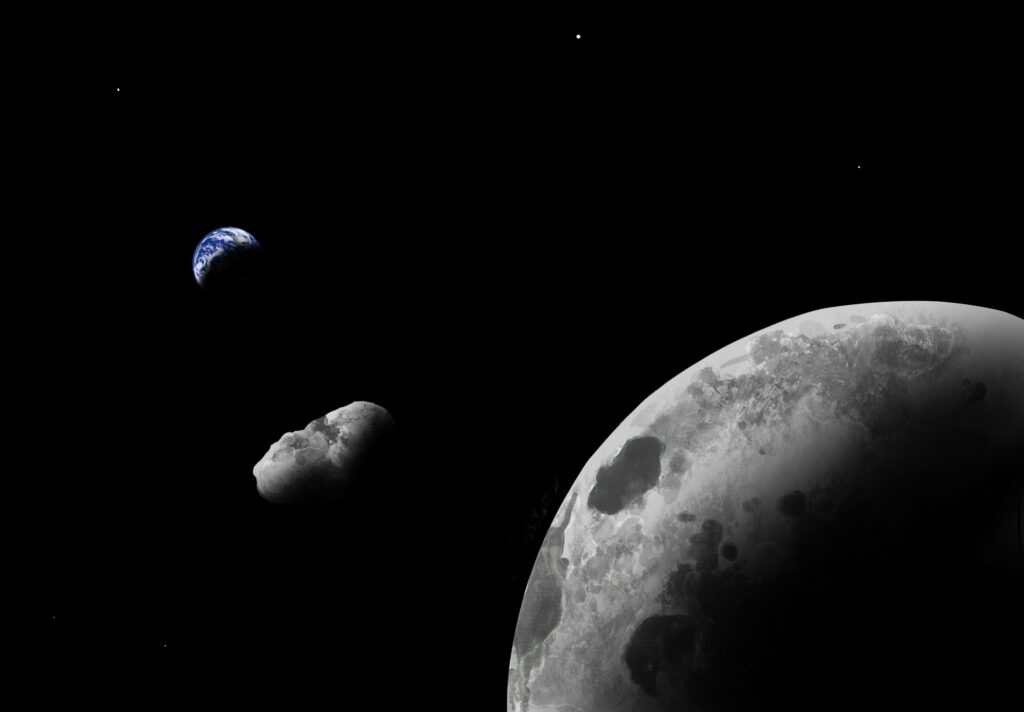Astronomers have announced the discovery of a new near-Earth asteroid, designated 2023 FW13. The find is interesting because this object may be a temporary moon of our planet.
What is a quasi-moon?
Most of the planets in the Solar System have natural moons — bodies orbiting them in stable orbits. It, for example, is the Moon. In astronomy, there is also the concept of quasi-moons. This is the name of objects (usually asteroids) that are in 1:1 orbital resonance with the planet, which allows them to stay near it for many orbital periods.

A quasi-moon differs from a real moon in that its orbit passes at too great a distance from the planet and is therefore unstable. The gravity of the planet is not able to hold a quasi-moon. Because of this, over time, such bodies go into interplanetary space.
New quasi-moon of the Earth
Asteroid 2023 FW13 was discovered by the automated telescope of the Pan-STARRS network on March 28, 2023. According to preliminary estimates, its diameter is from 10 to 20 meters.
Quasi-satellite 2023 FZ13 made @SkyandTelescope! https://t.co/k6SBWbG5Qo
But just a small clarification from the article. Earth’s gravity has everything to do with the longevity of this quasi-orbit. 1/n pic.twitter.com/sPgJ3mJ2F1— Tony Dunn (@tony873004) April 8, 2023
Subsequent modeling showed that 2023 FW13 may be a quasi-moon of the Earth. The asteroid is in an elongated orbit with a 1:1 resonance with respect to the Earth. According to calculations, 2023 FW13 hit the vicinity of our planet in 100 BC and would remain its quasi-moon of 3700 AD.
At the same time, not all astronomers are sure that 2023 FW13 is really a quasi-moon of the Earth. According to an alternative point of view, despite the presence of an orbital resonance, it can actually orbit the Sun. To clarify the “belonging” of the asteroid, astronomers plan to continue observations.
Recall that in a few years China intends to launch a mission, the purpose of which will be to deliver a sample of the substance of another quasi-moon of the Earth called Kamoʻoalewa. According to one version, this object is a fragment of the Moon, knocked out as a result of a powerful collision.
According to https://skyandtelescope.org
Follow us on Twitter to get the most interesting space news in time
https://twitter.com/ust_magazine

